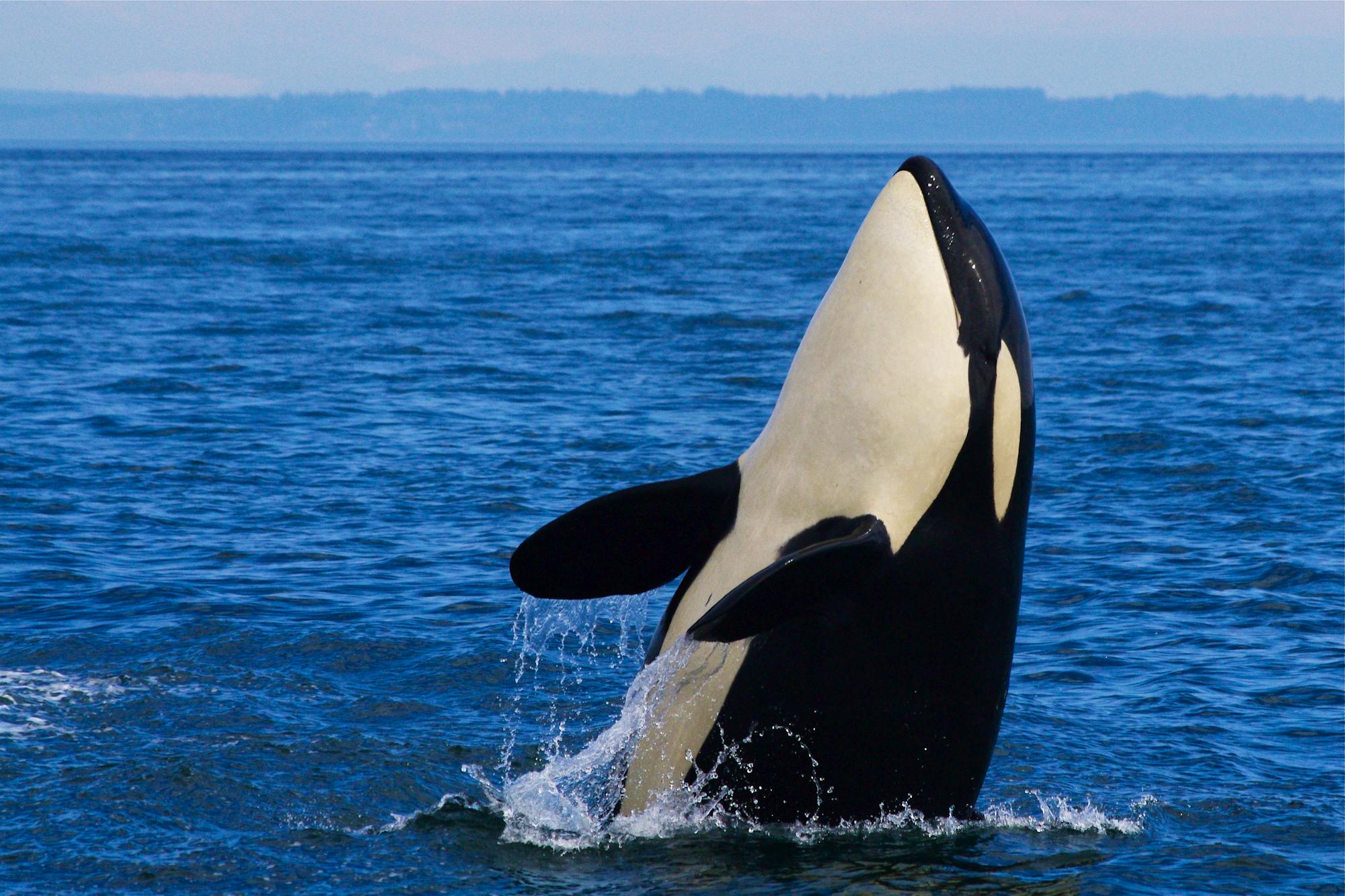When you hear the word extinction, you might immediately think of dinosaurs, woolly mammoths and saber-toothed tigers. Or you might think of a more recent species gone from Earth, like passenger pigeons, Tasmanian tigers, Carolina parakeets and Pyrenean ibex. But do you think of extinction as happening daily to our planet’s species? Up to a million species could be facing extinction within decades, according to the Intergovernmental Science-Policy Platform on Biodiversity and Ecosystem Services (IPBES) report that made headlines in 2019.
But extinction doesn’t have to be decades ago or part of the not-so-distant future. In 2020 alone, scientists declared 65 North American plant species, 22 frog species, the Lord Howe long-eared bat and many more species extinct. The next species we lose could blink out tomorrow. We hope it won’t, and Defenders is fighting to protect all our vulnerable species, like the vaquita, Red Wolf, southern resident orca, black-footed ferret and North Atlantic right whale.
But biodiversity loss continues – and “biodiversity” is not some vague blanket term that you may have heard in science class. Biodiversity loss means individual species, like the newly described Gulf of Mexico whale or the marbled murrelet or the Joshua tree, are in danger of going extinct. We are losing plants and animals all over the world and we’re losing them because of our own actions.






Biodiversity loss and climate change together present the greatest threat to our planet’s health in the history of humankind, threatening to unravel the rich and intricate tapestry of life on Earth. We are on the verge of a sixth mass extinction caused by destruction of habitat from development, overexploitation of wildlife, climate change, pollution and invasive species. Humans have significantly altered over 75% of terrestrial environments and 66% of marine environments. Nearly 75% of freshwater resources are now devoted to crop or livestock production and 85% of wetlands present in 1700 had been lost by 2000. Almost 33% of reef-forming corals, sharks and shark relatives, over 33% of marine mammals, and over 40% of amphibians are threatened with extinction.
And the very laws and regulations enacted to keep our imperiled species from disappearing are under attack themselves in the United States. Today, the Endangered Species Act (ESA) is endangered, eviscerated by the previous administration that saw wildlife as an obstacle to pillaging our natural resources for private profits.
Our planet is now losing living species at rates up to 1,000 times higher than background extinction rates. Many species are critically endangered, down to only a few hundred individuals in the wild or worse. The relationships among species and the influence they have on each other are what create and maintain thriving and balanced ecosystems. And as more and more species die out, the web of life unravels, accelerating the pace of biodiversity loss and threatening food security, ecosystem services and human health in the process.
Time is running out for species on the brink.
Become a Wildlife Guardian today to help us stop extinction.
Because once they’re gone, they’re gone forever.





